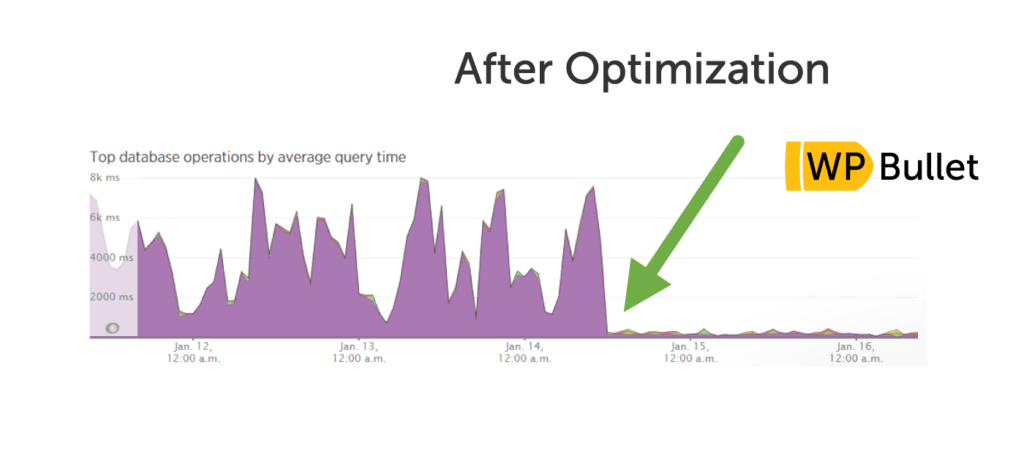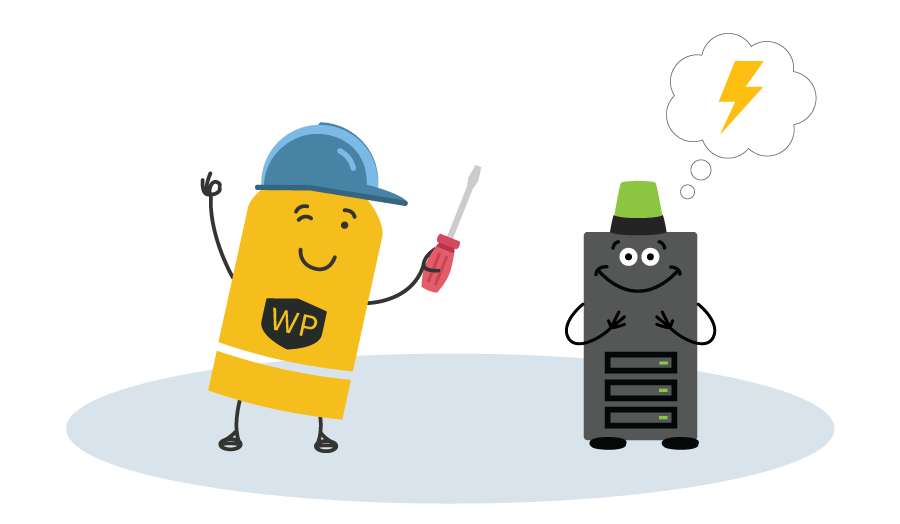Proof It Works
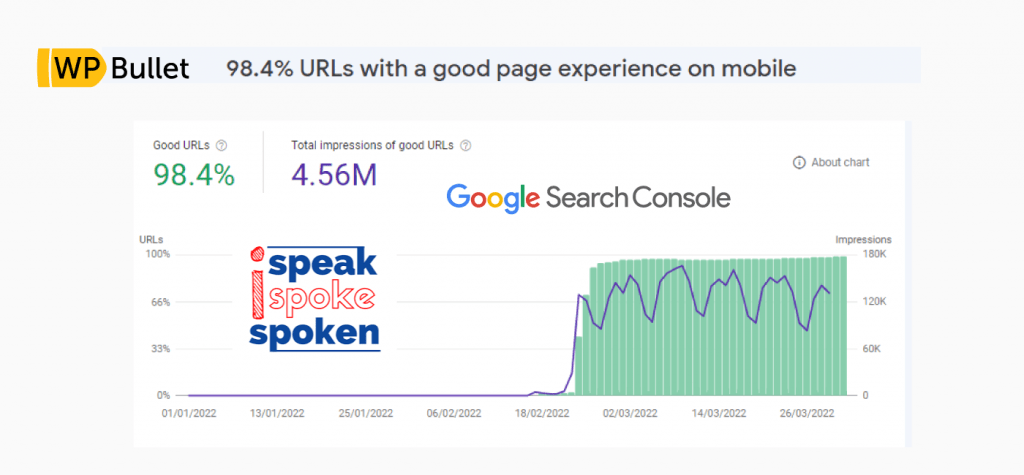
Adrien from I Speak Spoke Spoken came to us with an unbelievable story about his WordPress site speed
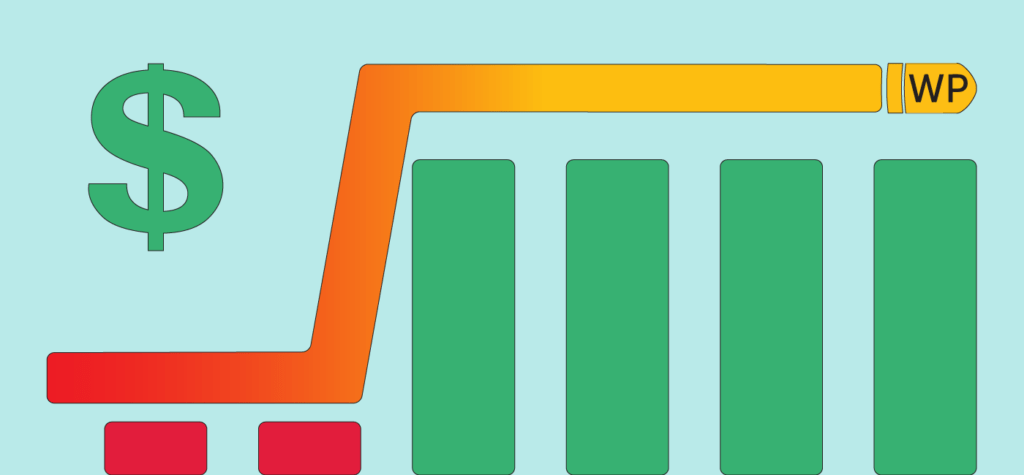
Would you invest $10,000 once to make $60,000 extra in revenue every month?
Is Your Website
Slow & Crashing?

High Bounce Rates
Seeing high bounce rates and abandoned carts from a WordPress/WooCommerce site crashing constantly with 502, 503 or 504 errors.

Database Issues
Watching your site performance plummet from site stability issues from a bloated database causing all kinds of mayhem.
Google PageSpeed
Concerns & Scores

Poor Conversion Rates
Key performance metrics like LCP and TTFB aren’t optimized

Page Speed
Failing to reach the holy 90+ good zone on Google’s “seemingly-impossible-to-satisfy” PageSpeed test.

Ranking
In danger of falling down a few spots in the Google rankings and losing 100,000 – 1,000,000 unique visitors every single year through poor Core Web Vitals

Security
We do PCI Compliance for WordPress or WooCommerce site and load testing too!

WooCommerce
We provide services like caching customer carts and logged-in users for membership sites and wholesale stores. Also caching your inbound marketing sources from Meta, Google and Bing to ensure low response times from TTFB and LCP for maximum page load times and conversion rates.

Performance Monitoring
Be proactive with performance issues and take action before it hurts your traffic and revenue

Hi, I’m Mike!
I’m a WordPress Optimization Expert best known for helping my clients achieve blazing fast page load speeds, handling high traffic volumes while recovering tons of previously lost revenue through backend and frontend optimizations.
Over the years, I’ve helped countless bloggers, affiliate marketers, and eCommerce store owners recover anywhere from $100,000 – $1,000,000+ in revenue by optimizing their site’s best performance at scale.
1600+
Successful
Projects
475+
Optimized
WP Sites
16+
Years
Experience
Who
Benefits?

Site Owners
For site owners, our optimization techniques translate into enhanced visibility, increased traffic, and improved search engine rankings. Your website becomes a powerful tool for attracting and engaging visitors, ultimately driving business growth and success.

Employees
Employees reap the rewards of a streamlined and efficient website. With faster loading times and improved functionality, tasks are completed more swiftly, leading to increased productivity and a seamless online workflow.

Visitors
Visitors to your site experience a user-friendly environment that captivates and engages them. Our optimization strategies focus on creating an enjoyable and responsive browsing experience, ensuring that visitors stay longer, explore more, and are more likely to convert into customers.

Customers
Customers benefit from a website that exceeds their expectations. Faster load times coupled with a snappy navigation creates a fantastic user experience leading to customer confidence, satisfaction and loyalty.
Reviews
How Life Improves
Who Do We Help?
Who Do We
Help?

Small Businesses
Small businesses thrive with our growth-focused optimization. We help your infrastructure grow with your success, attract a broader audience and establishing your brand as
technically proficient player.
Agencies
Agencies partnering with us excel, delivering top-tier services making you shine even brighter! Our optimization expertise boosts website performance, blowing your clients’ minds and demonstrating technical sophistication.
Corporations
Corporations maintain their presence with performance. We help you fortify your online presence and expand market share. Enhanced website performance aligns with
corporate goals, ensuring impressive online operation.
How does it work?

The Solutions
Attention to detail and the bigger picture allows us to address your site’s issues holistically. We don’t rely on band-aid fixes that will leave you frustrated again in a couple of months, the solutions we provide are foundational for long term success.
Audits
Audits are the most important work we do! Like a doctor, we cannot prescribe treatment before we have a diagnosis. Some audits we provide are backend, frontend, code, infrastructure and database.
Training and Workshops
Discover the exact process I take for helping clients effectively resolve all their WordPress performance issues. We work with your team to help ensure the solutions are built with performance in mind.
Troubleshooting
Troubleshooting WordPress and WooCommerce performance issues is something we do every day. Our performance troubleshooting approach follows the MAIA strategy.
Consulting
Want to make sure you are on the right path? Need a faster site or store, custom server setup, security or migrate to a better host? Want to cache logged-in users? Get in touch!
More
Benefits?

Revenue
Supercharge your revenue with our optimization expertise. We specialize in driving increased website traffic and conversions, ensuring your business thrives in the competitive digital landscape.

Increased Productivity
Boost productivity with a seamlessly operating website. Our optimization solutions focus on addressing the slowest processes that are frustrating employees and stakeholders. We save precious time for your team and reduce frustration.

Enhanced Technical Sophistication
Visitors judge a company by their website. INowadays, you must demonstrated technical sophistication. It’s the first step to building trust and confidence with your new customer. It strengthens your brand image and makes visitors more likely to share their positive experience.

Improve Brand Reputation
Build and reinforce your brand reputation with a fast and ready-to-user interface. Our optimization strategies create a positive and memorable user experience, contributing to a stronger brand perception.

Increased Engagement
Increase engagement on your website matters. Our approach give you the best opportunity for capturing your visitor’s attention, keeping them hooked and encouraging them to explore more.

Lower Bounce Rates
Say goodbye to high bounce rates. Our optimization services ensure that your website not only attracts but retains your audience, reducing bounce rates and maximizing the impact of your online presence.
A Holistic Approach
We work in a holistic way, covering all aspects of your website.
A Holistic
Approach
We work in a holistic way, covering all aspects of your website.
Frontend
Backend
Infrastructure
Server and Hosting
Database Architecture
All the Codes
How Can We Help You?
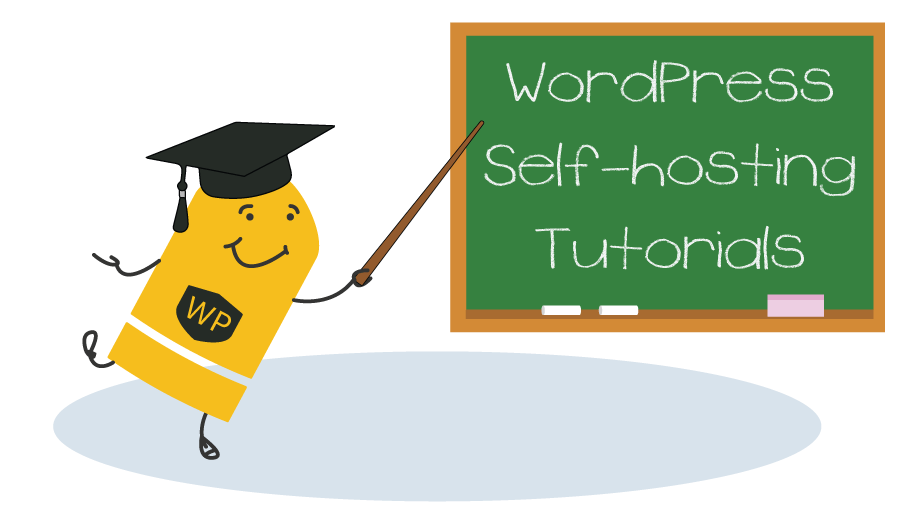

Expertise You
Can Trust
New Relic Certified Full Stack Practitioner
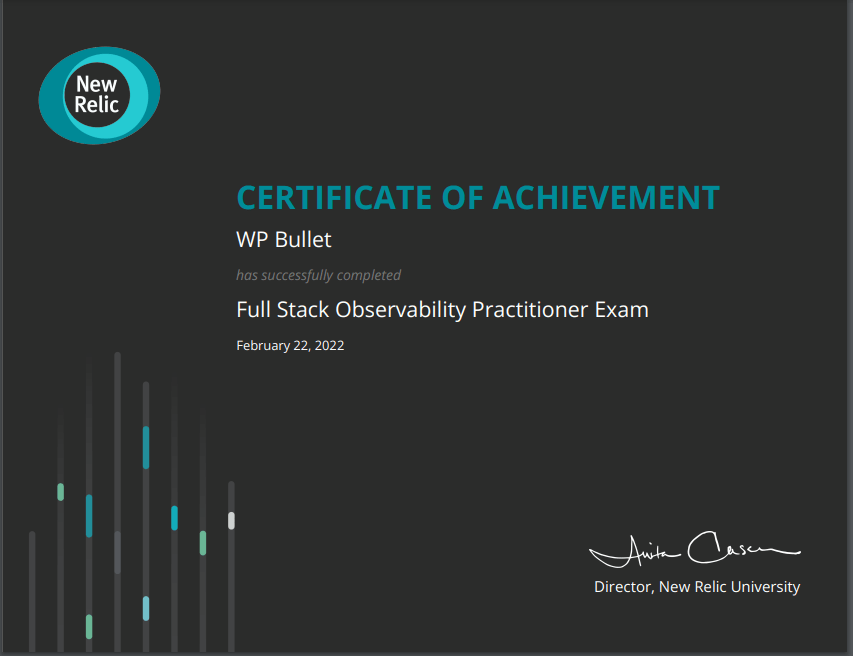
Complete visibility into details of user journeys, resource-guzzling background processes and hidden bottlenecks.
Top 2% Certified WordPress Expert
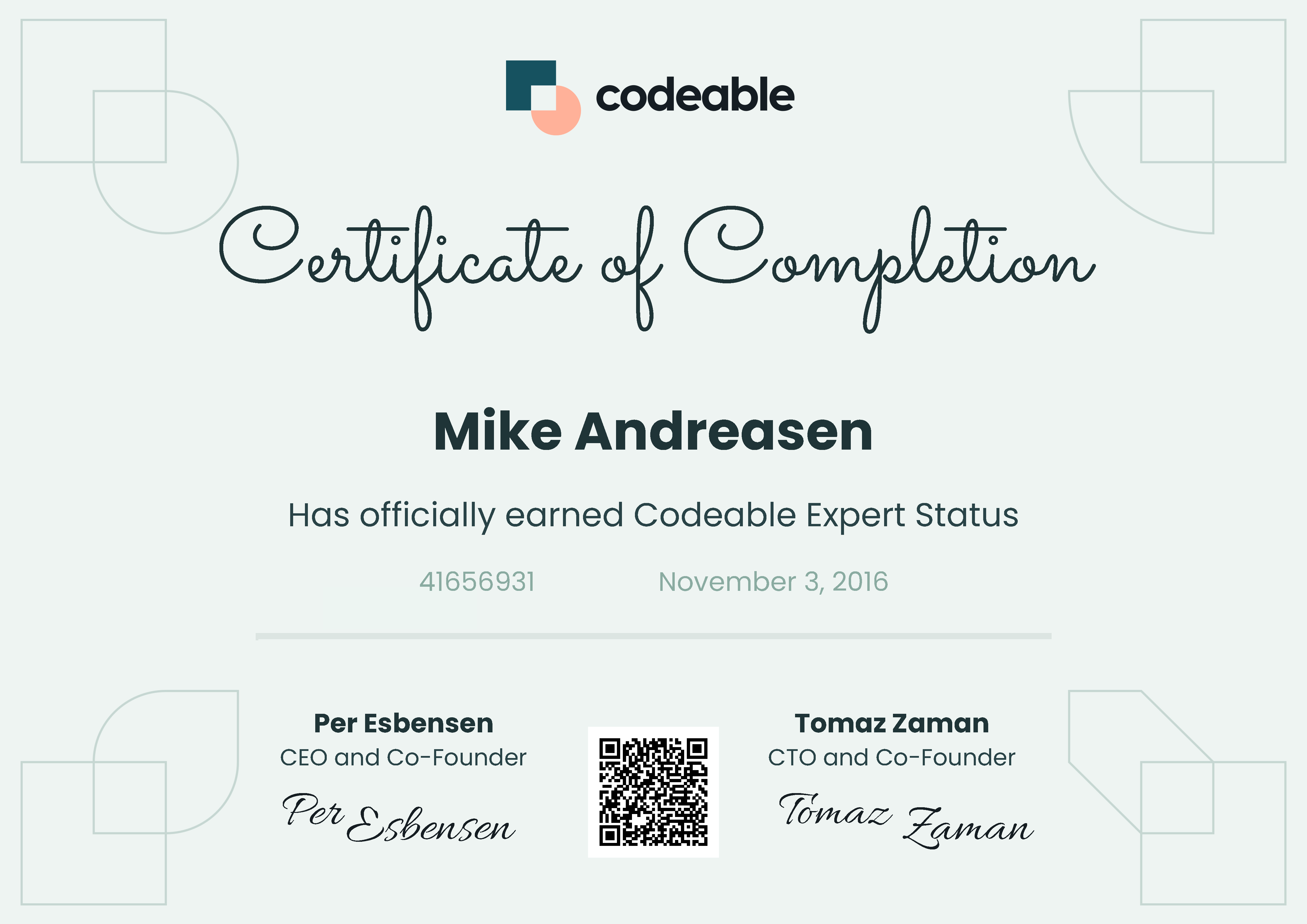
Talented and experienced developers who communicate well solve complicated WordPress challenges.
